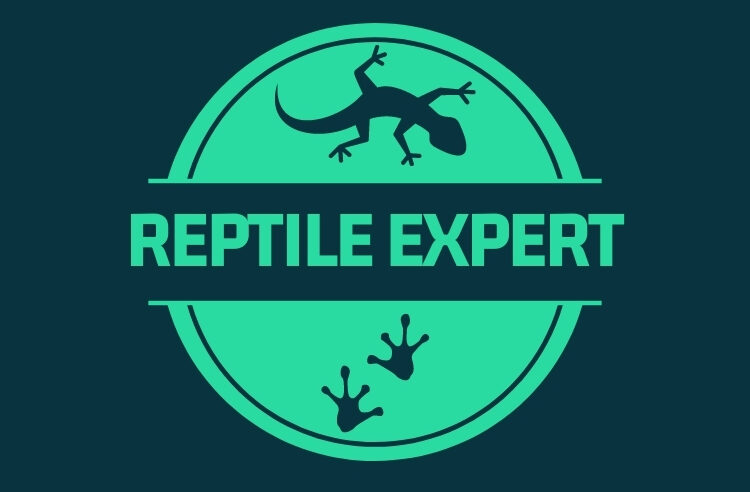Poor reptile husbandry leads to a lot of problems and a lot of diseases that can be easily preventable. Cleaning your reptile’s enclosure regularly and maintaining it at the correct humidity levels is essential not only for general attractiveness and the reptile’s comfort but also to prevent horrible and potentially fatal diseases such as blister disease.
What is Blister Disease?
Blister disease is a common condition in reptiles due to poor environmental management – that is, housing the reptile in overly-moist or dirty surroundings. It is also known as vesicular dermatitis, necrotizing dermatitis or “scale rot”. This is because the animal is forced to lie on a damp substrate, often saturated with urine, faeces or rotting food and not surprisingly, the skin becomes infected and effectively “rots”.
What are the Symptoms?
The first signs are usually watery blisters on the reptile’s skin. These blisters then burst and transfer the infection into the reptile’s body, leading to septicemia, an infection of the blood which is potentially fatal, as well as infection in the internal organs. In addition, the skin around the initial blister may rot away leaving the body exposed and even more vulnerable to other bacterial and fungal invasions as well as injuries, abrasions and burns. Mites can also spread bacteria to the blisters and in some cases, bacteria can cause abscesses at the site of the blisters which recur as ulcers following the next shed.
How do I Treat Blister Disease?
Small reptiles or those with weakened immune system (either from previous illness, malnutrition or stress) can go downhill rapidly and die very fast from blister disease. Even in larger reptiles, the condition can be fatal, with the reptile suffering for longer (e.g. weeks or months) before succumbing to death. Therefore, it is essential to take your reptile to a knowledgeable veterinarian as soon as you suspect the disease. Removal of the rotting skin and tissue, together with antibiotic treatment, will be necessary to combat the disease. The reptile’s body can also be soaked in a Betadine solution if the infection is still in its early stages. In addition, the reptile’s enclosure must be thoroughly cleaned and disinfected before the reptile is re-introduced; regular cleaning must be repeated on a weekly basis and any uneaten food must be removed after one day.
During the recovery period, it is best to replace the substrate with unprinted paper (newsprint, paper towels, butcher paper), clean terry cloth towels, or plain linoleum and to remove any undertank heating, using overhead radiant heat sources instead to provide the necessary thermal gradient. In general, keep the reptile in a dry environment with good ventilation. If the reptile is still eating and active, then there is a good chance of full recovery.
* Note: not all blisters are due to blister disease. In some cases, ulceration of the skin may be due to exposure to toxic substances, such as residues left over from chemicals used to clean the enclosure or from toxic substrates, such as cedar wood chips or shavings. If you suspect this, you will need to remove all material from the enclosure and scrub the insides with hot, soapy water to remove all residues, followed by thorough rinsing and replacement with appropriate substrate.
In certain rare cases, Crusty blisters or oozing bumps can be a form of topical Salmonella. If you cannot find a specific cause for blisters, such as no toxic substances and no moist, dirty environments, then consult your veterinarian immediately on this possibility.
